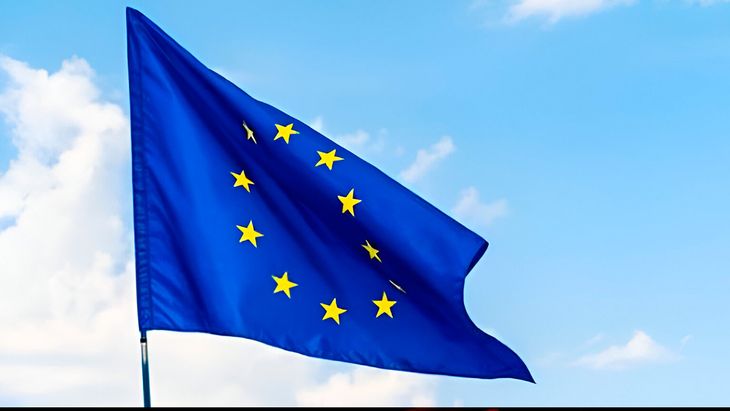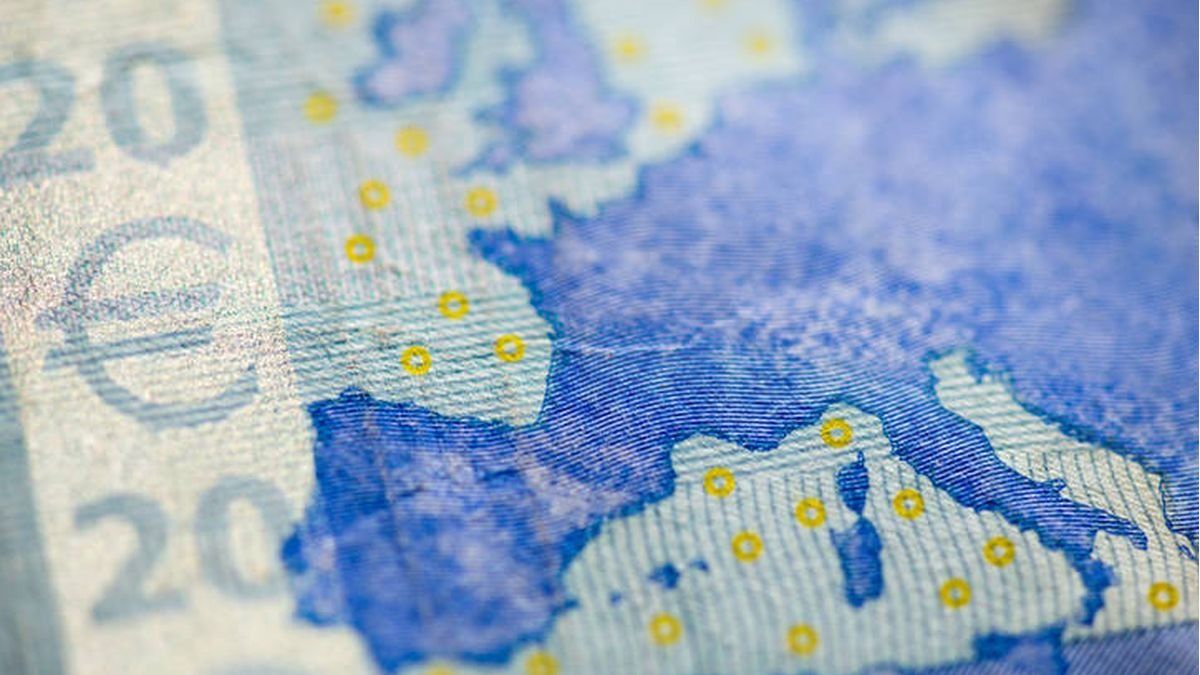Services and energy pushed prices up in July, but core inflation remained at 2.9% for the third consecutive month. Which countries recorded the largest price increases?
Eurozone inflation rises in July, leading to a The Consumer Price Index (CPI) stands at 2.6% annuallyaccording to provisional data published by Eurostat, the statistical office of the European Union (EU), mainly due to Increase in the cost of energy, which has been 1.3%compared to 0.2% in June.
The content you want to access is exclusive for subscribers.
Among the rest of the components, Services record highest annual rate in July, 4%although prices eased by one tenth compared to the 4.1% of June. Behind them are food, alcohol and tobacco, which became more expensive by one 23% compared to 2.4% in the previous month, and non-energy industrial goods rose by 0.8% compared to 0.7% in June.


By excluding andThe impact of energy and food costsas well as tobacco and alcohol, The core inflation rate remains at 2.9% for the third consecutive month.
Inflation: Which countries have the highest price increases?
By country, Belgium (5.5%), the Netherlands and Estonia (both 3.5%) and Croatia (3.4%) have seen the highest price increases, while Finland (0.6%), Latvia (0.8%) and Lithuania (1.1%) have seen the lowest.
European Union Blue Card.jpg

Belgium was the country with the highest rise in inflation
Inflation: Is rate cuts getting more complicated?
“In the first quarter, the contribution of energy to inflation remained negative,” say ING analysts, who believe that, on this front, “base effects will continue to have an impact.” Volatile impact in the second half of the year“But they believe that the component that the European Central Bank (ECB) is probably looking at most closely is services inflation, “since it is the most domestic component and also very sensitive to wage increases.”
Looking at the data, they see that we would need better inflation figures in August and September to stay on track: “This is still possible.” But they point out that the latest data “They have not given the ECB the certainty it needs to confirm that the battle against inflation has been won”.
“The figures have slightly reduced the likelihood of a rate cut in September, but there are still six weeks of data left to see before the ECB has to make a decision,” they say.
For Oxford Economics experts, the ‘hawks’ will take the data “as Further evidence of his view that the ECB should not cut rates in September amid a difficult final stretch in the flight from inflation.” They still think the ECB will agree to a second 25 basis point cut in September, “but we recognise that this is not yet a done deal. Next month’s inflation figures and wage data through September will take on even greater importance than usual,” they say.
Source: Ambito




